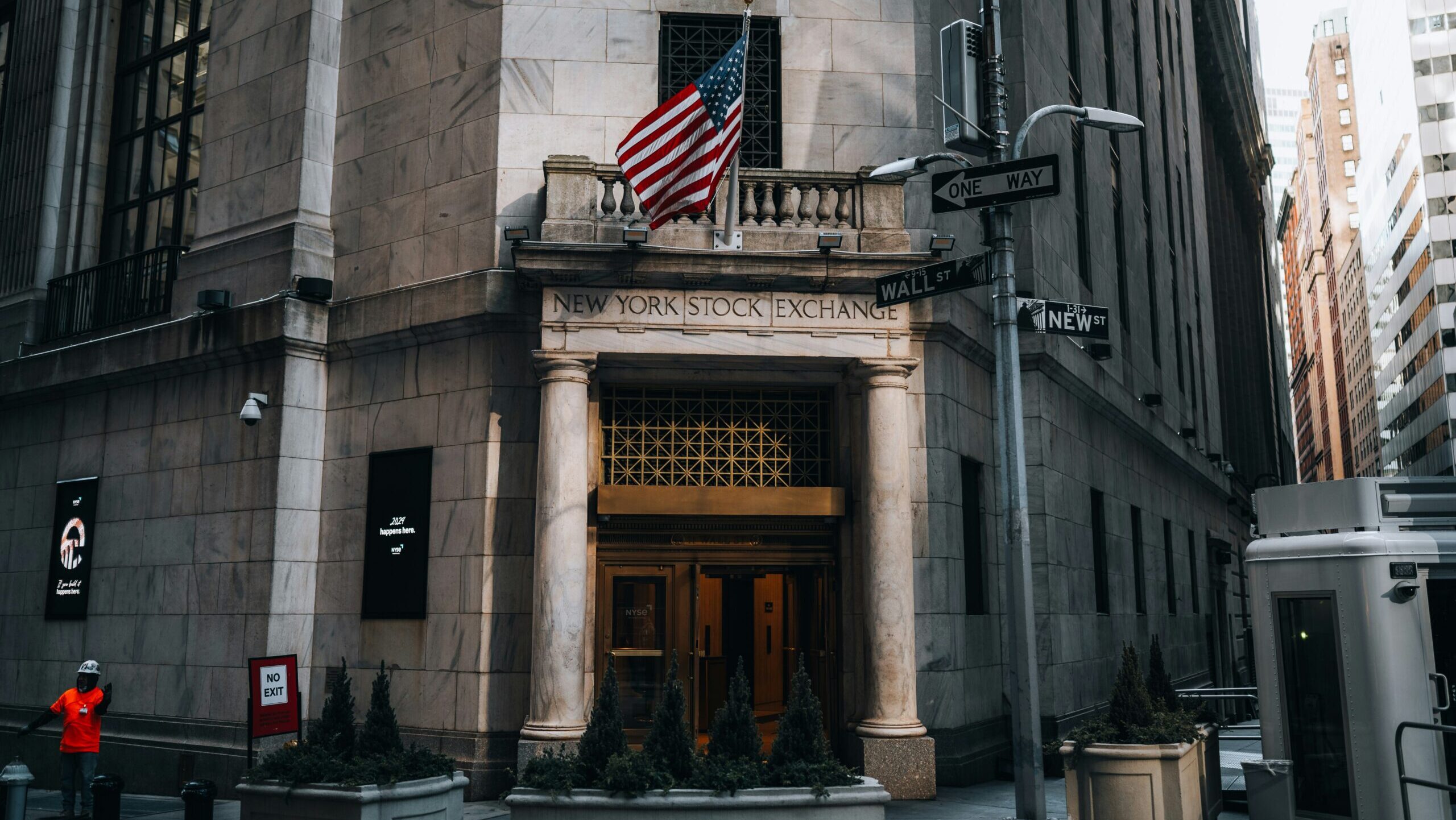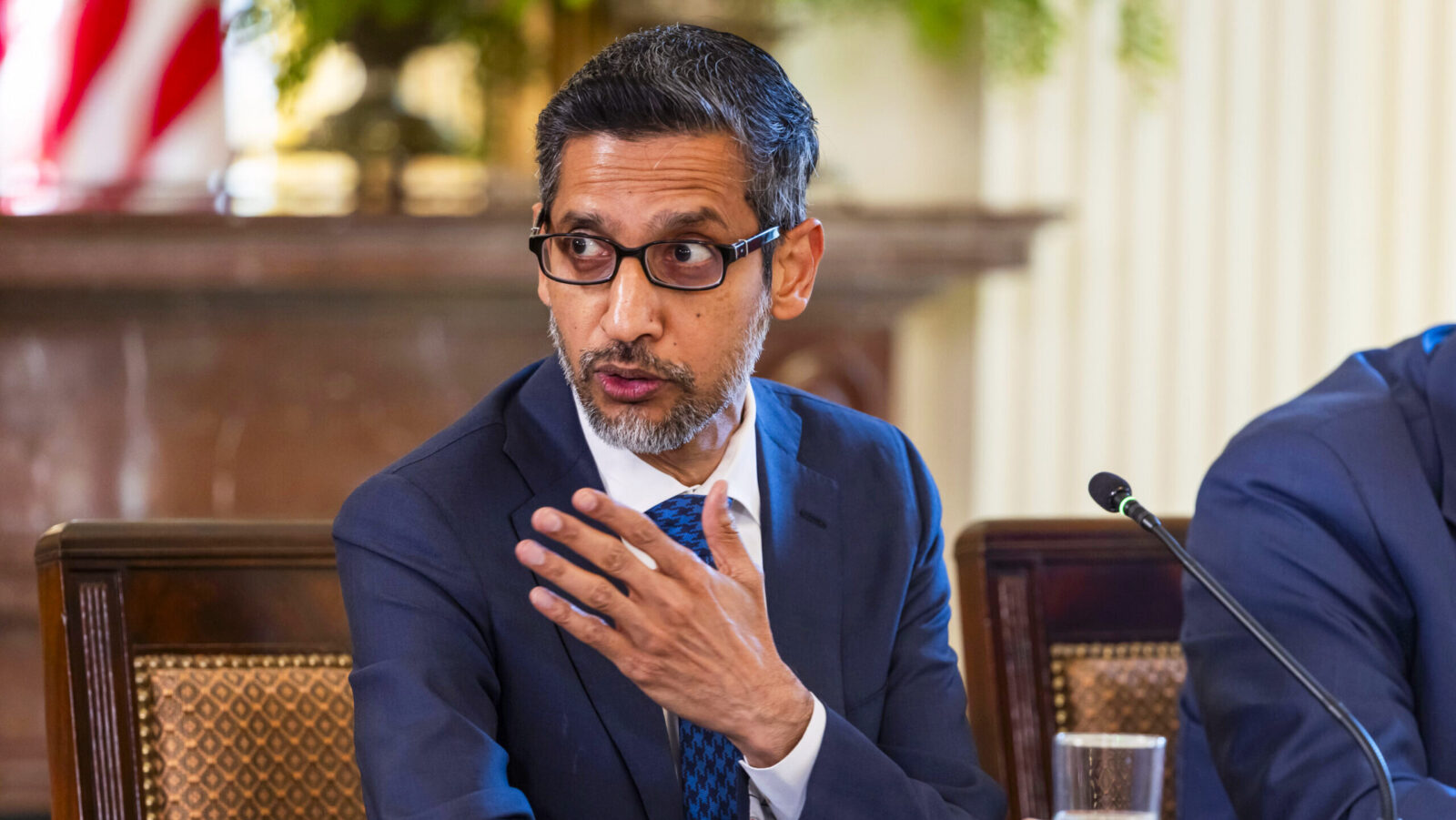Bubble Fears Surface as Bull Market Turns Three
Respondents in Bank of America’s October Global Fund Manager Survey cited an AI bubble as the biggest tail risk facing the global economy.

Sign up for smart news, insights, and analysis on the biggest financial stories of the day.
AI is a bubble.
That’s not our opinion. That’s the opinion of OpenAI CEO Sam Altman, who has been saying so since at least August. And the opinion of Jeff Bezos, who said AI is in an “industrial bubble” earlier this month. And it’s the opinion of 54% of the respondents in Bank of America’s October Global Fund Manager Survey, released last week, who cite an AI bubble as the biggest tail risk facing the global economy today.
The move from “denial” to “casual acceptance” comes just as the AI-powered bull market officially turns three years old, as of Monday last week (perhaps not-so-coincidentally, ChatGPT turns three next month). In other words, we may just be living in the most talked-about bubble in financial history. So why is everyone singing “Happy Birthday” to the largely AI-fueled bull run with such a happy face?
Chips Don’t Lie
There are about 800 billion reasons some see the AI market as a bubble. That’s the amount in dollars, roughly, that global corporations have put toward AI-related capital expenditures in 2023, 2024 and 2025 combined (and conservative forecasts see AI capex reaching $1 trillion per year by 2030). That titanic level of spending has been the primary driver of US GDP growth this year, according to Harvard economists, as well as the vast majority of gains on the S&P 500, according to Morgan Stanley analysts.
In nominal dollars, it’s the biggest capex boom in history. Venture capitalist Paul Kedrosky recently noted that, as a percentage of GDP, the AI infrastructure buildout is about on par with the telecom infrastructure buildout of the 1990s and could even approach the roughly 6% of GDP that the investment in railroads hit in the 1880s. The railroad buildout led to multiple bubbles and collapses of its own (most prominently, the Panic of 1893). The telecom buildout preceded the dot-com bubble. But both also led to an enduring industry that generated enormous amounts of wealth. That provides some context as to why tech leaders seem to be shrugging off the bubble talk, and perhaps some clues as to why they shouldn’t be:
- The vast majority of AI-related capex has gone toward building massive data centers for expensive AI-powering GPU servers, according to a recent McKinsey report. But unlike relatively long-lasting railway and internet infrastructure, the average data center GPU may have a lifespan as short as one to three years.
- It’s why AI capex isn’t slowing down anytime soon. It’s also why a Bain Capital report published last month argued that AI companies will need to generate $2 trillion in annual revenue by 2030 to be profitable; as The Wall Street Journal recently noted, that’s more than the combined 2024 revenue of Microsoft, Meta, Alphabet, Amazon, Apple and Nvidia, and five times more than the global subscription software market.
The WheAIt from the ChAIff: Most estimates leave the industry at least $1 trillion short of that mark. According to a Citigroup note earlier this year, AI revenue is expected to reach $43 billion in 2025 and grow to $780 billion by 2030. The AI version of Pets.com won’t make it that long.











